As expected, the peregrine falcon eggs in the Bournemouth nest started to hatch this week. The first came in the early hours of the 24th April and the second came later the same day. You can see the second chick hatching with the first chick behind the adult in this still.
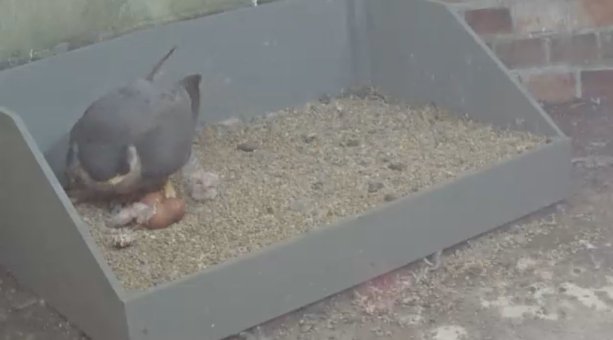
The third chick hatched two days later, on 26th April. At the time of writing it appears that the fourth egg has yet to hatch- last year the fourth egg of the clutch didn’t hatch at all and given the long gap it seems unlikely it will now. I’ve been keeping an eye on the nest and if you watch the webcam in the morning’s you can often see the adults arrive for a feed.
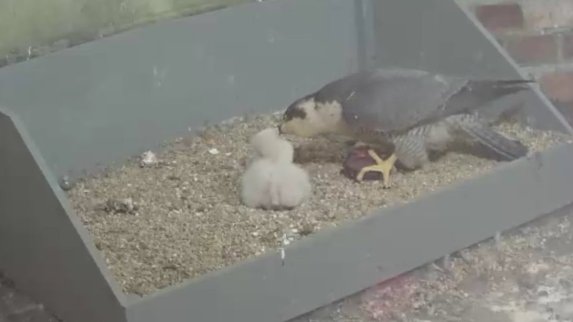
The three chicks are huddled together here as the adult hands them pieces of a huge kill. Mostly they are being fed pigeons which is hardly surprising in an urban area but this feed looks really like a lump of meat! Remember, you can watch the nest webcam online here and I’ll be keeping up with the chicks’ progress over the next few weeks.
More baby birds have appeared on my patch this week including this fluffy thing:
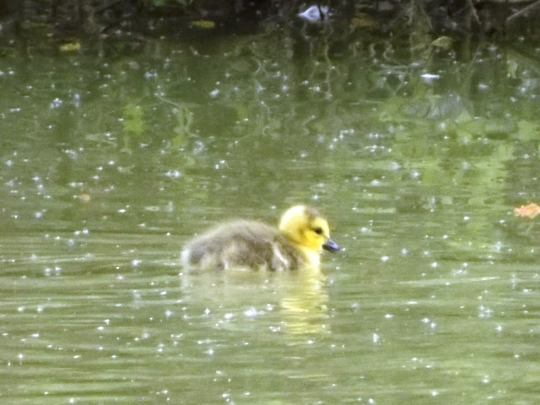
It’s hard to identify from that shot alone but this is in fact one of a clutch of canada geese goslings. I spotted this family on the edge of the fishing lake with four very young babies.
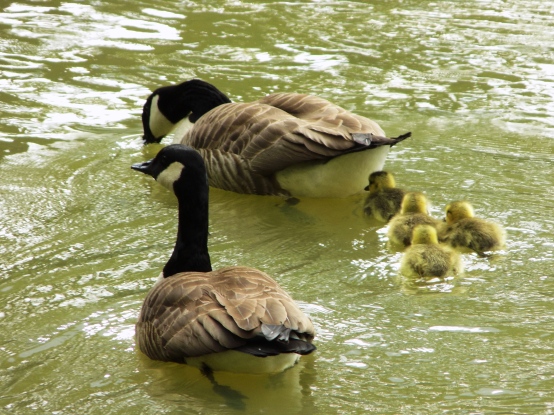
These are the only young canada geese I’ve seen so far but soon there will be quite a few and they will be collected together into a sort of nursery. Over on the nursery field some greylag geese have already arrived with their very small goslings.

You can just make out four goslings in this image. The greylags seem less confident than the canada geese and always stick to the far side of the nursery field. Incidentally, here’s a very clear shot of a different greylag on the fishing lake.
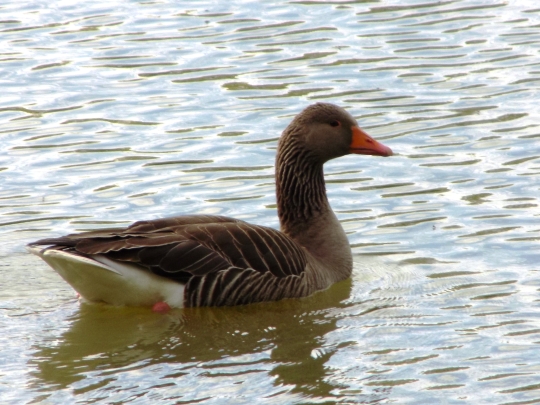
Greylags are thought to be the ancestor of all domestic geese, though generations of breeding mean their domestic counterparts now look quite different.
I’ve got one more baby bird for you today, a young blackbird.
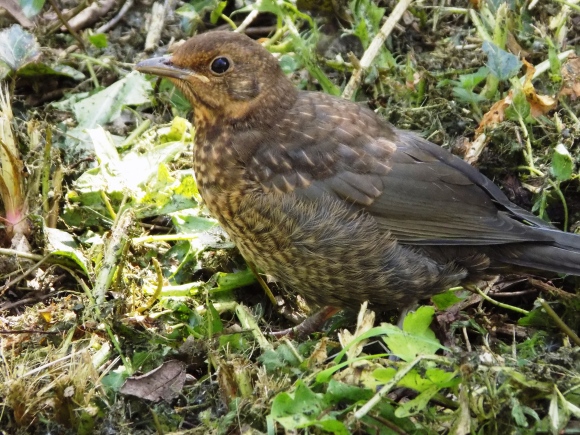
There are several ways to know if you’ve seen a young bird. Generally their feathers are fluffier than in adult birds, particularly on the underside. They often still have the yellow part at the side of the beak which the parents can’t help but pass food towards. You can also often tell from their behaviour- they are often less jumpy than adult birds and might allow you to approach quite closely. It means you can get clear photos like this one but I always make sure never to disturb the birds too much.
I’ve got good views of a few birds out looking for food this week- they too may have young they need to feed. Here’s a grey heron, perhaps the same one I saw catching a rat a few weeks ago.
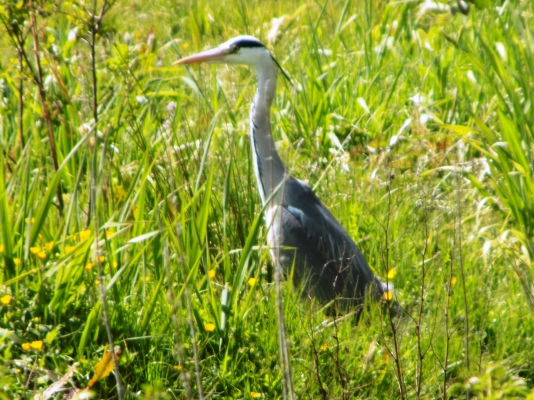
Only metres away I spotted the kestrel that is often hovering for food over these fields next to the river Avon and for once I managed to get a photo of it.
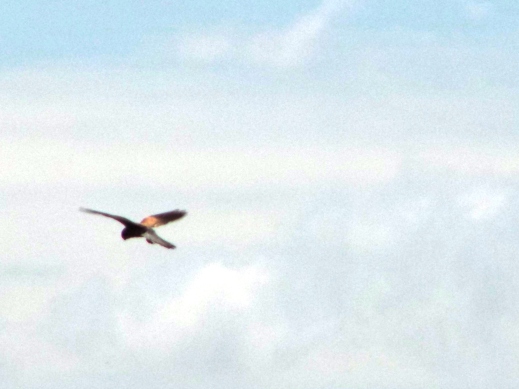
I am always amazed at how these birds of prey can hover so well, keeping their head absolutely still whilst their wings flap so quickly.
Finally, here’s a bird I talked about a little over the winter but now in it’s magnificent summer plumage, a black-tailed godwit.
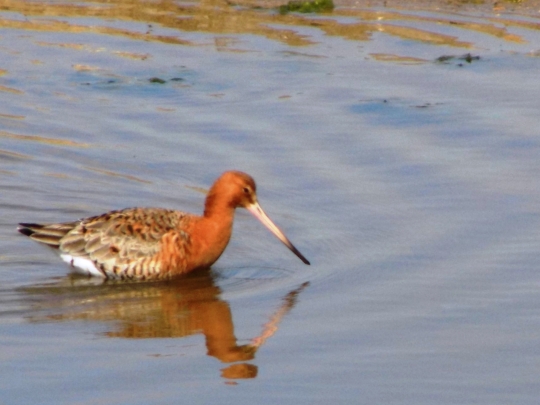
Black-tailed godwits are mainly winter visitors but I think this may be an unusual resident bird. There’s a fairly sizeable population over at Lymington-Keyhaven so it’s possible some birds breed here rather than migrate, especially with the mild winter we had this year.
That’s all for today so I shall see you in May!

No comments:
Post a Comment